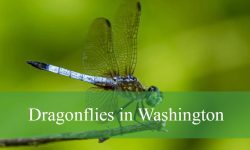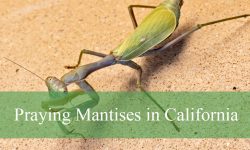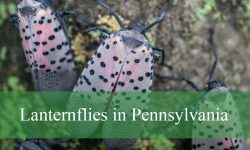Discover the diverse moth families thriving in Kansas, with some species seasonal and others present year-round. This comprehensive guide not only details the various types of moths found in Kansas and surrounding states but also provides intriguing and essential information about these fascinating creatures.
Different types of Moths of Kansas
Giant Leopard Moth

The Giant Leopard Moth (Hypercompe scribonia) sports 2.24-3.58 in wingspans, white forewings with bluish-black spots, and translucent edges over time. Its abdomen features dark blue with orange markings on top and white with solid black spots underneath. Named aptly for its leopard-like wings, it boasts defense mechanisms, including feigning death and emitting a bitter fluid.
Virginian Tiger Moth
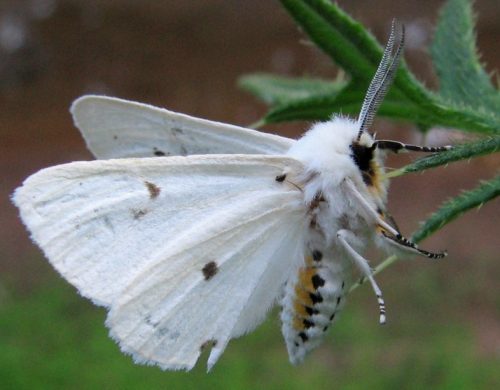
The Virginian Tiger Moth (Spilosoma virginica) boasts 1.25-2 in wingspans, white wings with black dots, and white abdomens featuring yellow stripes and rows of black dots. Males flaunt large, feathery antennae. These moths inhabit various Kansas habitats like forests, rainforests, and urban areas. They use pheromones and zig-zag flight patterns for mating, with multiple yearly broods that overwinter as caterpillars.pheromones. After mating, the male repeats the process, mating with as many females as possible. They tend to have multiple broods yearly, and the last brood will overwinter in the caterpillar stage.
Isabella Tiger Moth
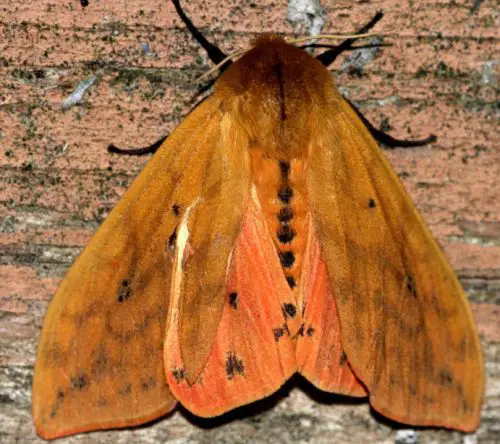
The Isabella Tiger Moth (Pyrrharctia Isabella) in Kansas adapts to diverse habitats. Its intriguing lifecycle allows survival in frigid regions like the Arctic. As caterpillars, they produce a cryoprotectant, enabling winter survival. Adult moths live briefly to mate and lay eggs. They possess a tymbal organ emitting ultrasonic clicks, deterring predators and potentially interfering with bats’ echolocation. Wooly Bear caterpillars, famous for predicting winter, roll into protective balls when threatened.
Tersa Sphinx

The Tersa Sphinx Moth (Xylophanes tersa) boasts 2.38-3.13 in wingspans, grayish-brown forewings, and hindwings with black patches and pale spots. These pollinators feed on flower nectar at dusk, with males drawn to outdoor lights. Their caterpillar behavior mimics a sphinx when threatened. Active in warm Kansas weather, they thrive from May to October in the north and year-round in tropical regions. Under UV light, their distinct tan pupae fluoresce brightly.
Forest Tent Caterpillar Moth
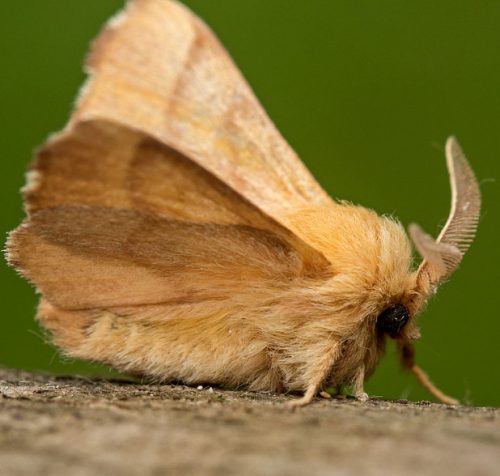
The Forest Tent Caterpillar Moth (Malacosoma disstria) exhibits 1-1.75 in wingspans, featuring yellow, tan, or buff-brown wings with parallel darker lines. They are the most prevalent tent caterpillars in Kansas, with fluctuating populations every 6-16 years. Active in July, they don’t feed, living for about ten days. During outbreaks, they cluster near outdoor lights, creating silk mats instead of tents for resting.
Large Yellow Underwing
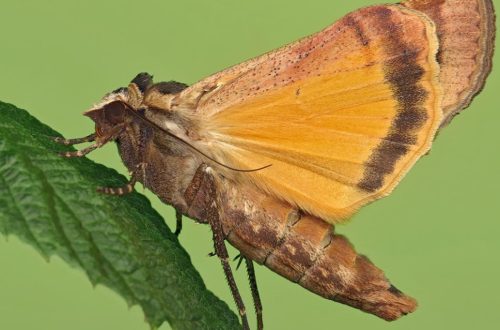
The Large Yellow Underwing (Noctua pronuba) in Kansas boasts 1.57-2.36 in wingspans, featuring brown forewings and vibrant yellow-orange hindwings with a black band. Adaptable to various habitats, they startle predators with sudden flashes of color during takeoff. These nocturnal moths frequent open, shrubby, and urban areas, drawn to outdoor lights. With longer lifespans than other moths, they produce one generation annually.
Carolina Sphinx
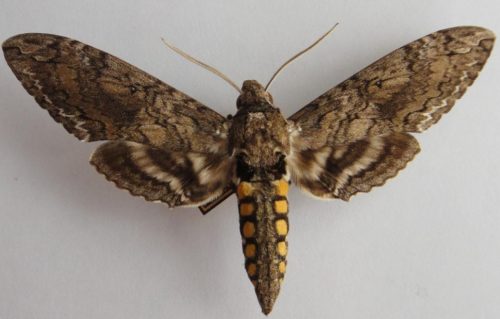
The Carolina Sphinx (Manduca sexta) exhibits 3.75-4.75 in wingspans with distinct markings. These hawk moths hover over nectar-producing flowers. While excellent pollinators, their caterpillars, known as Tobacco Hornworms, pose a threat to crops like tomatoes and tobacco, causing extensive damage. In warmer regions, they may have multiple broods, while in cooler areas, they have two broods from May to October. They overwinter as pupae and lay up to 1,000 eggs in their short lifespan.
White-lined Sphinx
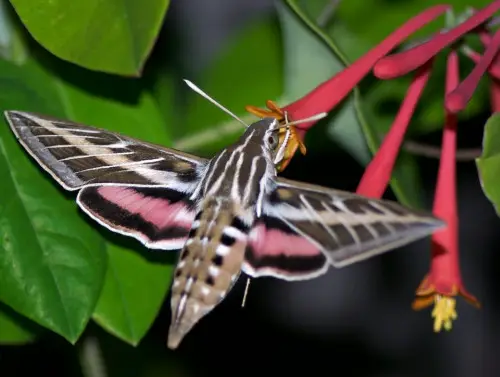
The White-lined Sphinx (Hyles lineata) in Kansas, resembling hummingbirds, hovers over flowers, sipping nectar with their long proboscis. They lay eggs on various host plants, occasionally causing explosive outbreaks. Caterpillar migrations before metamorphosis remain a mystery, speculated to be related to food and soil preference. Pupation lasts two to three weeks underground, with moths emerging shortly after.
Salt Marsh Moth
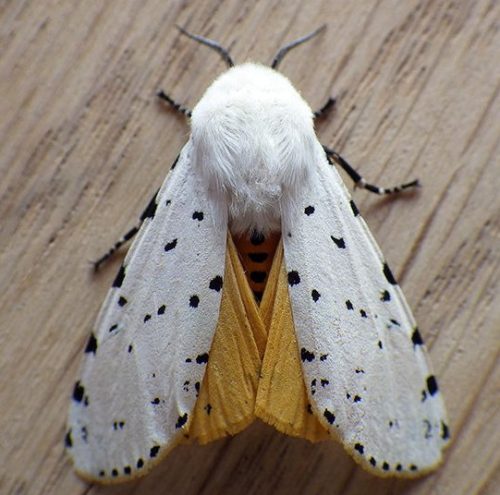
Salt Marsh Moths (Estigmene acrea) in Kansas are known for their caterpillars damaging crops like corn, tomatoes, and cotton. Farmers work tirelessly to safeguard their crops from these pests. Active from May to August, they can be spotted year-round in the deep south. Caterpillars display a unique defense mechanism, using silk strands to “windsurf” away from threats.
Imperial Moth
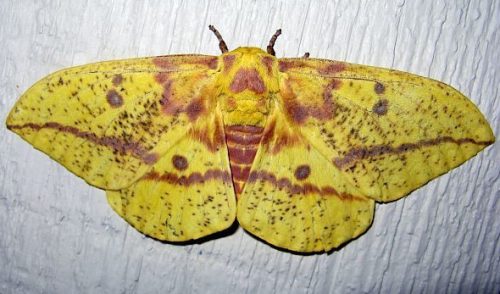
Imperial Moths (Eacles imperialis) in Kansas showcase large wingspans and striking, variable patterns. Their presence spans rural, suburban, and forested areas. Their caterpillars, with stinging hairs and spines, exhibit various colors and defend against predators. While once common, they’re now scarce in some regions due to light pollution, pesticides, and the introduction of the Tachinid Fly for Gypsy Moth control in 1906.
Io Moth
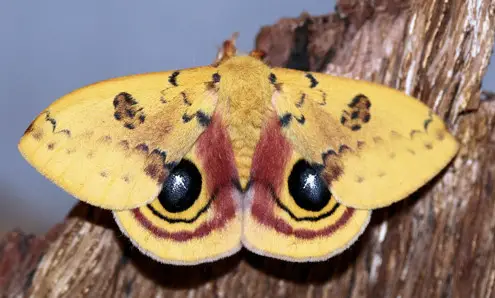
Io Moths (Automeris io) in Kansas captivate with their intense eyespots used for defense. Active in May and June in the north and February to September in the warm south, they’re drawn to outdoor lights at night. Caterpillars, with venomous spines, display vibrant colors and move in distinct “trains.” Caution is advised when handling them at any stage.
Yellow-collared Scape Moth
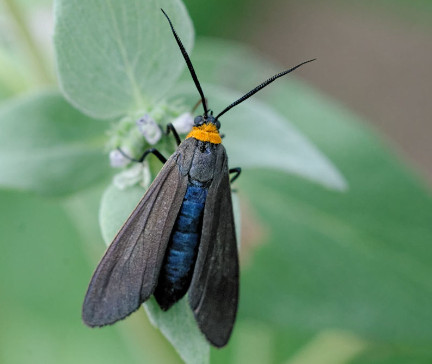
Yellow-collared Scape Moths (Cisseps fulvicollis) are common in Kansas, frequenting wet meadows, parks, and gardens. Active during the day, they pollinate flowers like milkweed and asters, mimicking wasps to deter predators. They might also be spotted near outdoor lights at night. With one to three breeding generations annually, the last brood overwinters in larval cocoons made from their body hairs.
North American Luna Moth

The North American Luna Moth (Actias luna) stands out in Kansas with its large lime-green wings, maroon borders, and striking eyespots. Notably, males have feathery antennae and females sport larger abdomens filled with eggs. Their eyespots startle predators, while their long tails potentially confuse bats’ echolocation. Active during breeding from spring to summer, they emit pheromones detectable by males from miles away.
Fall Webworm Moth
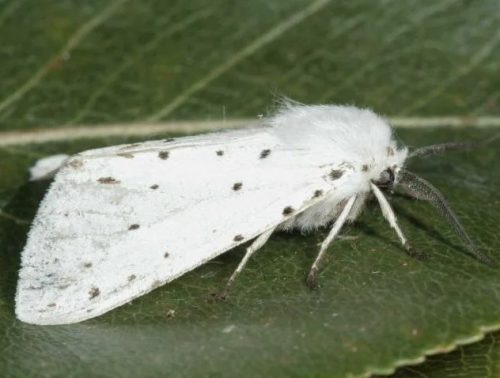
The Fall Webworm Moth (Hyphantria cunea) caterpillars feed on various hardwood trees, building protective tents around leaves for shelter and safety. In Kansas, sightings occur between April and September. Northern areas witness one brood yearly, while southern regions might have two or three. Females deposit large egg masses before dying, and the last brood overwinters as pupae in sturdy brown cocoons, completing their transformation into moths come spring.
Ailanthus Webworm Moth
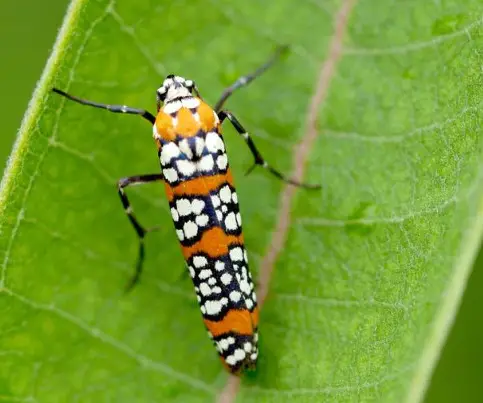
Ailanthus Webworm Moths (Atteva aurea) display orange forewings with yellow spots outlined in black, with variations in spot size across Kansas. Rapid life cycles enable a quick transition from egg to adult, with some broods overwintering in the egg stage. They pollinate by feeding on flower nectar and store chemicals from tree-of-heaven, signaling their unpalatability to predators through their bright coloring.
American Dagger
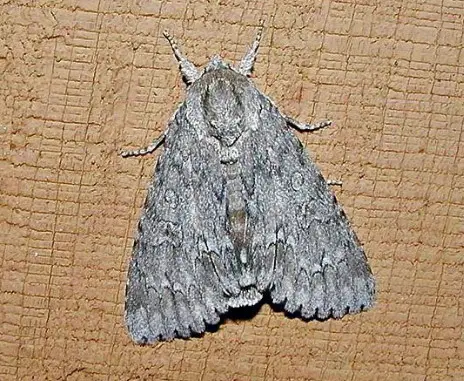
The American Dagger (Acronicta americana) is Kansas’s largest dagger moth, featuring intricate black and white patterns. Often found in deciduous forests, swamps, parks, and backyards, they exhibit one to three broods annually, varying by region. Active from April to September, caterpillars appear between July and October. Look closely to discern the dagger-shaped markings on their forewings.
Green Cloverworm Moth
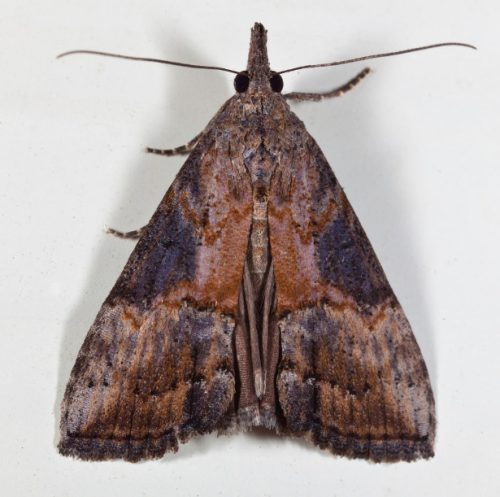
The Green Cloverworm Moth (Hypena scabra) is a small, unremarkable species often seen near outdoor lights in gardens and fields. Their larvae can pose a threat to vegetables, making them a concern for gardeners. With multiple yearly broods, they might be spotted year-round in warmer regions, and from March to November in northern areas, with occasional sightings on warm days during other months.
Banded Tussock Moth
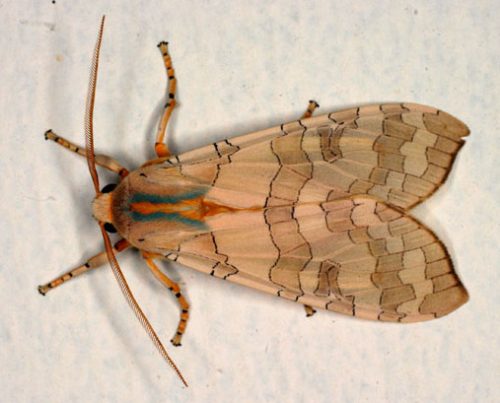
The Banded Tussock Moth (Halysidota tessellaris) frequents Kansas’s deciduous forests and occasionally appears near outdoor lights. Active from May to August, they are often mistaken for Sycamore Tussock Moths. Their caterpillars ingest plants’ chemicals for protection, while adults feed on flower nectar. Their distinct checkered wing pattern and colorful bodies make them stand out in their natural habitat.
Polyphemus Moth
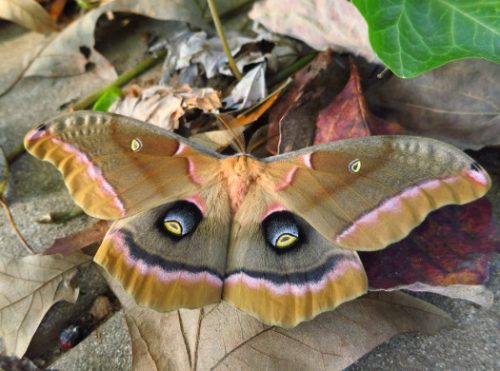
The Polyphemus Moth (Antheraea polyphemus) stands out in Kansas with its large, intimidating owl-like eyespots. In forests, orchards, wetlands, and urban areas, these short-lived moths survive for about four days as adults, solely dedicated to mating. Females emit pheromones to attract males, who rely on their feathery antennae to locate them. During their brief adult stage, they do not feed.
Milkweed Tussock Moth
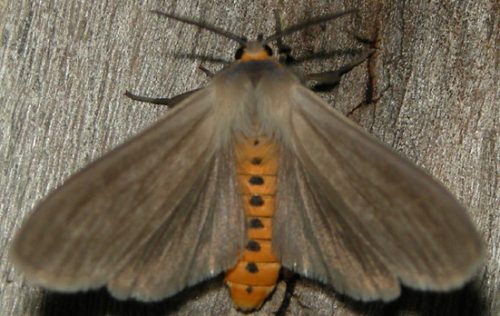
The Milkweed Tussock Moth (Euchaetes egle) may seem dull as adults, but their vibrant caterpillars, with tufts of black, white, and orange hairs, are easy to spot. They store plant chemicals to deter predators, utilizing high-frequency clicks to warn bats. Coexisting with Monarch butterflies, they play a vital role as native pollinators, contributing to milkweed plant growth without causing harm.
People Who Read This Also Read:


